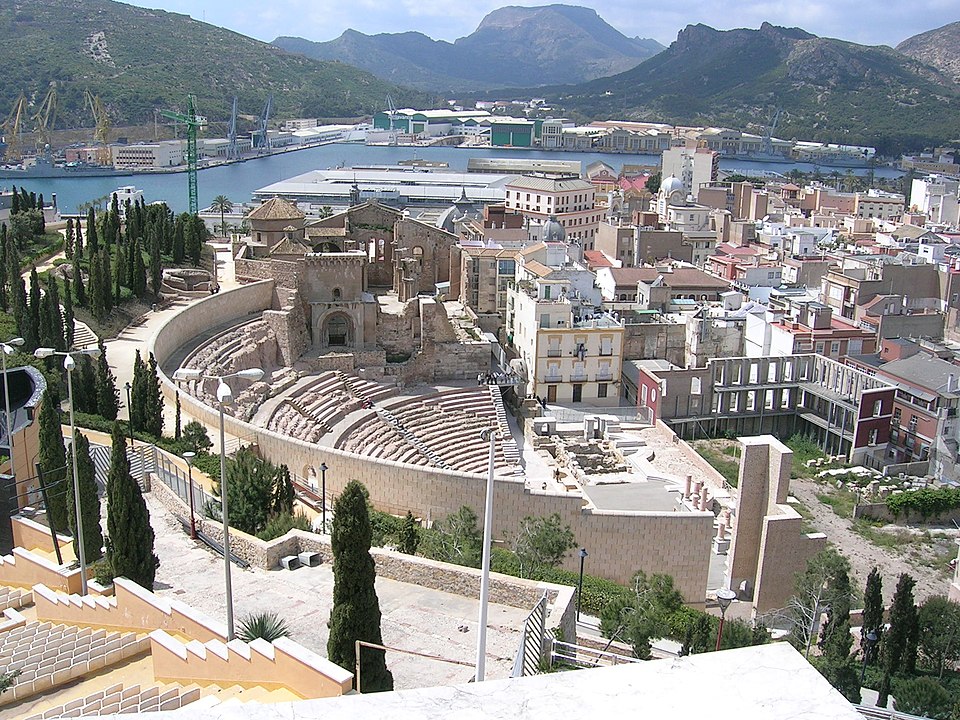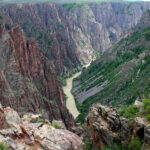Quick Bits:
Cartagena stands as a living museum. This city on the Mediterranean traces its history through layers of civilizations. With every step along its cobbled streets, the past whispers from Roman walls and Art Nouveau facades. The old blends with the new in a way that’s both elegant and rooted.

Image by: Maykava – Via Tripadvisor
Key Highlights
- Coastal city with deep Roman, Carthaginian, and Moorish roots
-
Home to ancient amphitheaters, naval history, and modern museums
-
Sun-drenched beaches and rugged mountains frame the skyline
-
Pleasant Mediterranean climate with 320+ sunny days annually
-
Top sites include Roman Theatre, Cala Cortina, and Concepción Castle.
General Information
Cartagena belongs to the Murcia region in southeastern Spain. The city functions as a major naval station. It holds strategic and cultural importance due to its location and rich port legacy. The population sits near 215,000, making it one of the region’s key urban hubs.
Its economy links closely with shipbuilding, fishing, and tourism. Recent developments in infrastructure and heritage preservation brought Cartagena into the spotlight for culture-seekers and history lovers.
Spanish remains the official language. English is spoken in tourist areas. Euro is the accepted currency.

Image by: Viajero a la Antigua – Via Tripadvisor
Geography Information
Cartagena hugs the Mediterranean coastline in a curved bay sheltered by five hills. These natural rises gave the ancient city a strong defense and now offer panoramic views.
The nearby Sierra de la Muela range to the west frames the city with dramatic peaks. The coastline offers rugged cliffs, hidden coves, and sandy beaches. The sea here is warm and calm.
The natural port lies among the deepest in Europe. This advantage helped Cartagena become a power player in the ancient world.
The city is about 50 kilometers from Murcia and 120 kilometers from Alicante.
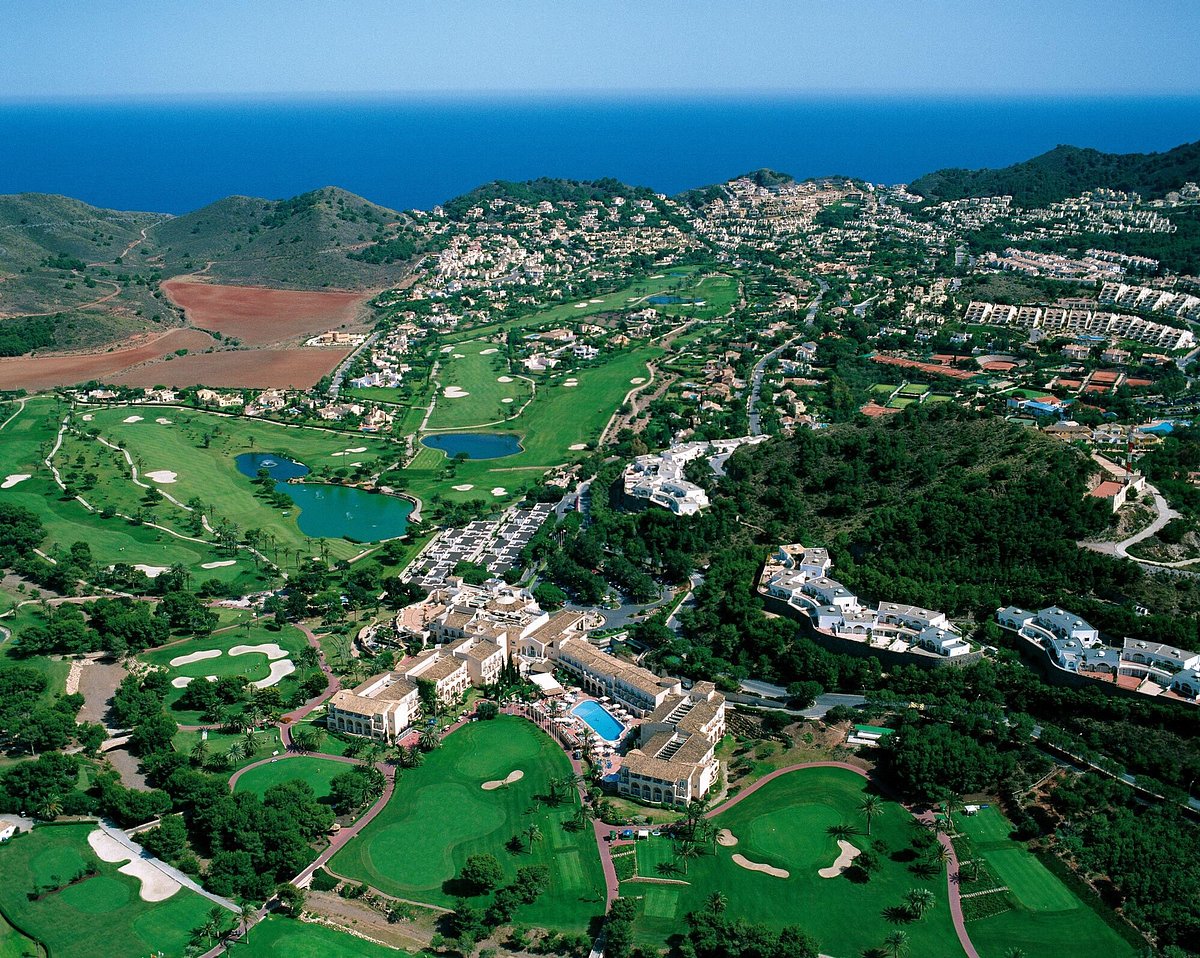
Image by: jbest118 – Via Tripadvisor
Places to Visit
Cartagena’s sites unfold across centuries. From Roman ruins to naval museums, its offerings cater to history buffs and leisure travelers alike.
Roman Theatre
Discovered in 1988, this amphitheater from the 1st century BCE now serves as a crown jewel. It seats 6,000 and sits right beneath the medieval cathedral. Walkways and glass walls frame the space for a cinematic experience.
Highlights:
-
Adjacent museum with excavation artifacts
-
Elevated view from surrounding platforms
-
Night illuminations during summer
Concepción Castle
Built on one of Cartagena’s five hills, the Concepción Castle blends military architecture with panoramic vistas. Originally a Muslim fortress, later expanded by Castilian kings.
Top Features:
-
Glass elevator ride from city center
-
360-degree views from watchtowers
-
Multimedia exhibits on Cartagena’s evolution
Cartagena Port and Waterfront
A recently revitalized area that balances leisure and learning. Palms line the promenades. Cafés overlook the water. Historic ships like the Peral Submarine and naval museums cluster nearby.
Must-See Stops:
-
Naval Museum of Cartagena
-
Replica of Isaac Peral’s electric submarine
-
Plaza del Puerto’s art and sculptures
Cala Cortina
This beach lies a short drive from the center. Its calm waters, golden sand, and beachside restaurants draw locals. Great for a relaxed afternoon or picnic with a view.
Augusteum and House of Fortune
Step into a slice of Roman domestic life. These archaeological sites reveal mosaics, columns, and inscriptions. Their underground chambers transport visitors straight into antiquity.
ARQUA – National Museum of Underwater Archaeology
Spain’s top center for underwater treasures. Displays include amphorae, sunken gold, and shipwreck finds.
What Stands Out:
-
Interactive screens
-
Real ship hulls recovered from the sea
-
Family-friendly exhibits
Civil War Shelters Museum
Built within actual bomb shelters from the Spanish Civil War. The museum tells stories of citizens who hid here during air raids. Walls still echo with tension.
Unique Elements:
-
Preserved tunnels
-
Audio narratives from survivors
-
Projections of wartime footage.
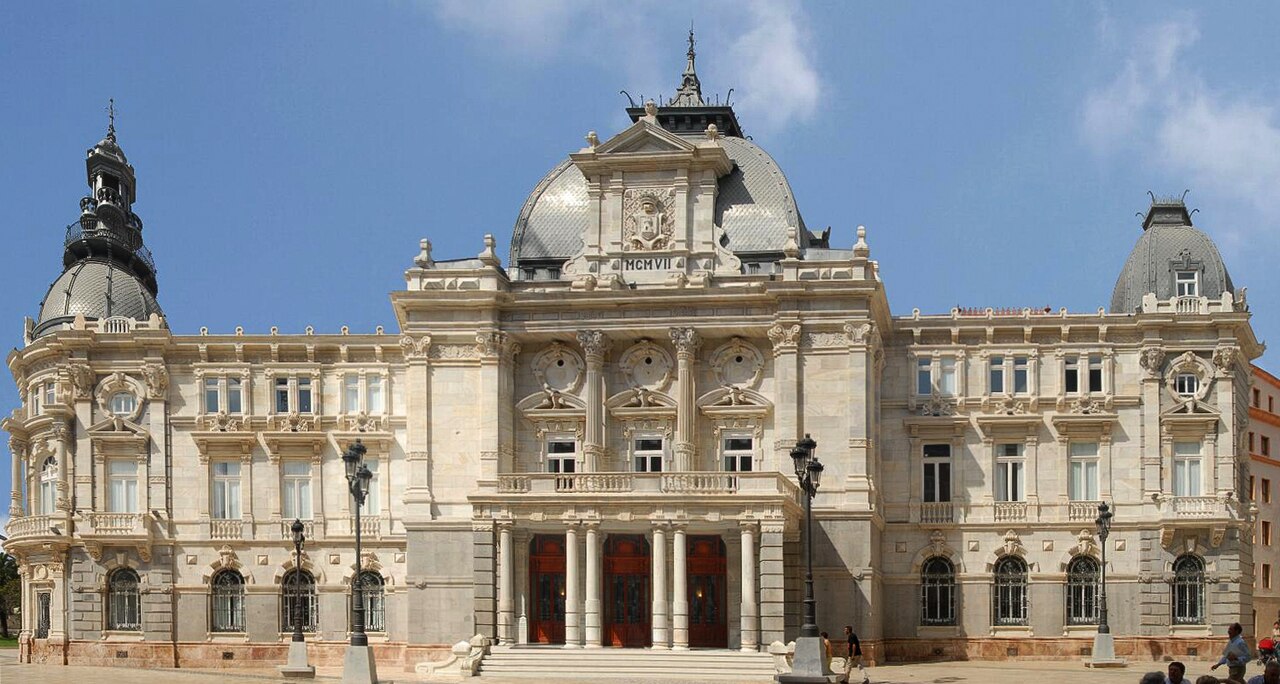
Image by: Moríñigo – Via Wikipedia
Yearly Climate
Cartagena enjoys a Mediterranean climate. Winters are short and mild. Summers are warm with long daylight hours. Sea breezes keep the heat tolerable. Rain is scarce and tends to fall in autumn.
| Season | Average Highs | Rainfall | Highlights |
|---|---|---|---|
| Winter | 15-17°C | Low | Roman ruins in soft light |
| Spring | 20-25°C | Medium | Blossoming gardens and mild hikes |
| Summer | 28-32°C | Low | Beach time, festivals, coastal events |
| Autumn | 22-26°C | Medium | Clear skies, cultural fairs |
Sun lovers will find over 320 days of sunshine each year.
Best Time of Year to Visit
Late spring and early autumn are ideal. May and October offer sunshine without the crowds. The sea remains warm enough for swimming. Cultural festivals take place across these months. Hotel prices stay reasonable.
Those who enjoy heat and busy nightlife may prefer July and August. Expect packed beaches and evening concerts. Book accommodations early during these months.
For quieter exploration, November through March works well. While too cool for swimming, this period suits museum visits and walks through ancient streets.
Travel Tips:
-
Wear walking shoes for cobblestone streets
-
Early mornings provide soft light for photos
-
Buy combined tickets for museums to save money
-
Use sun protection, even in winter
-
The city bus covers main attractions.
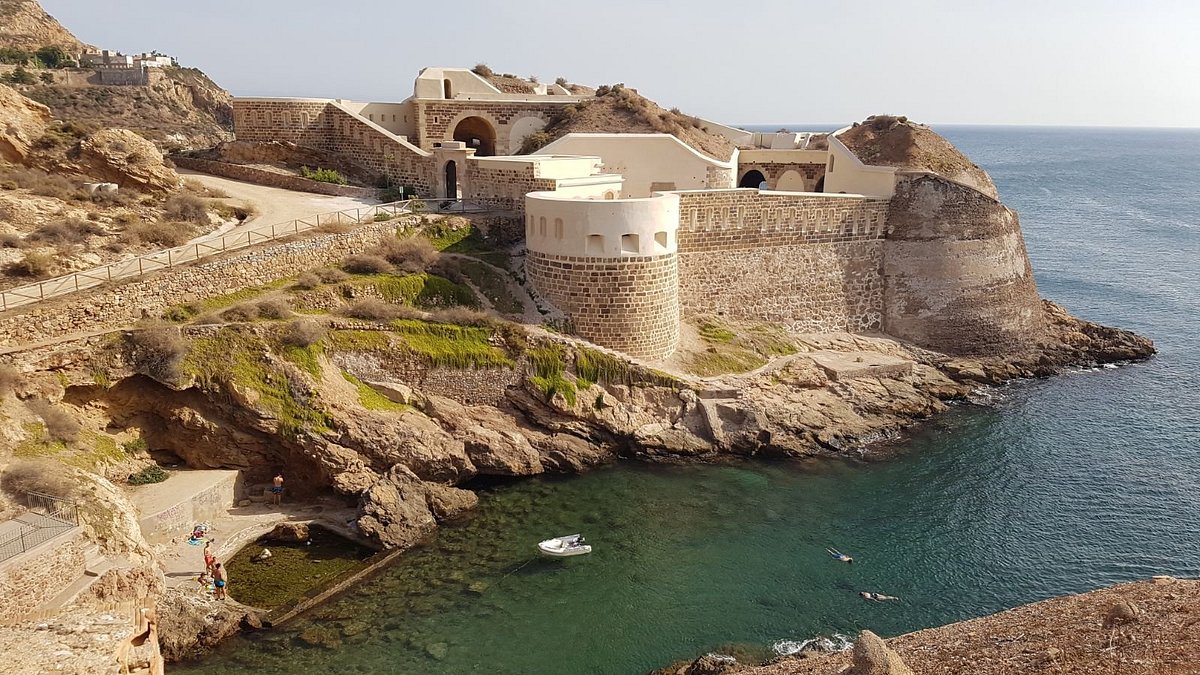
Image by: Alberto Rodríguez – Via Tripadvisor
In Summary…
Cartagena, Spain layers history on sea-scented air. From ancient theaters to Civil War shelters, it invites travelers to walk across time. Its beaches sparkle beside stone battlements. Museums blend the past with touchscreen precision.
This city mixes sunlight, seafaring tales, and Spanish warmth. A visit here satisfies curiosity and calms the soul. Whether climbing hills or diving into old stories, Cartagena leaves a mark.

